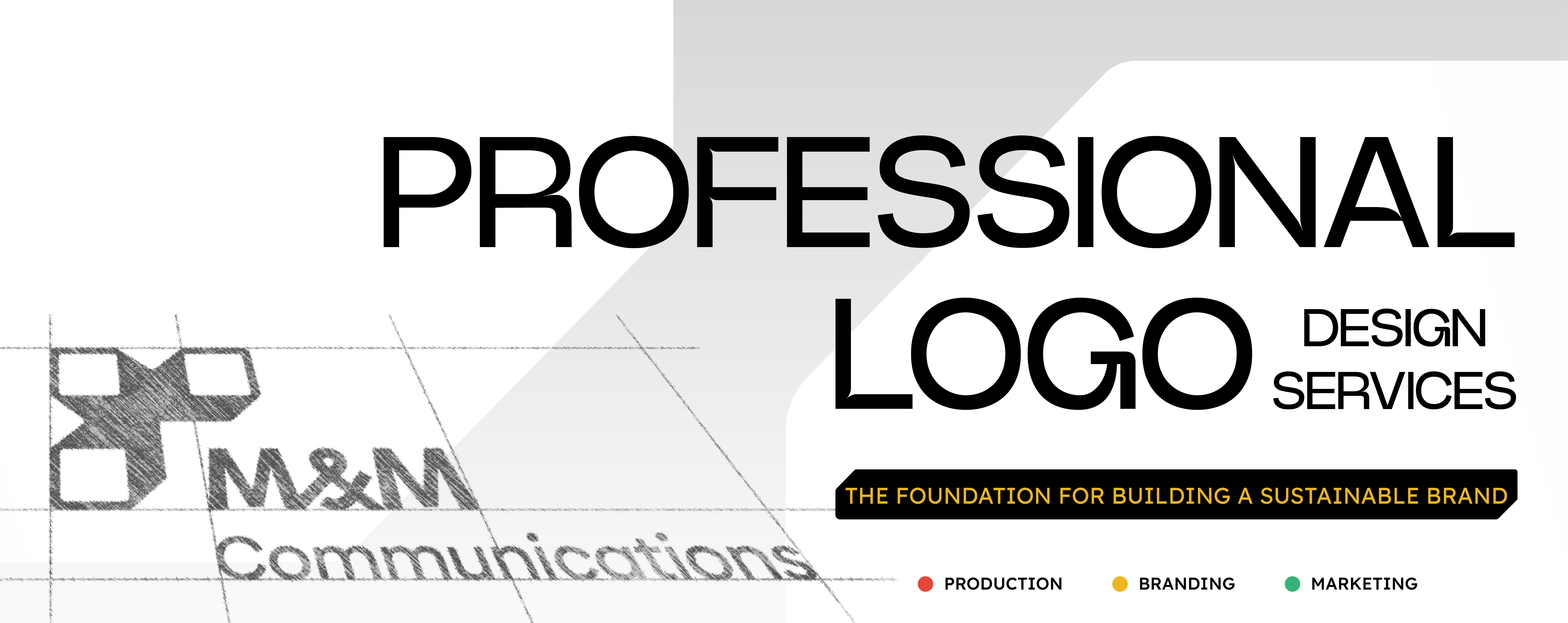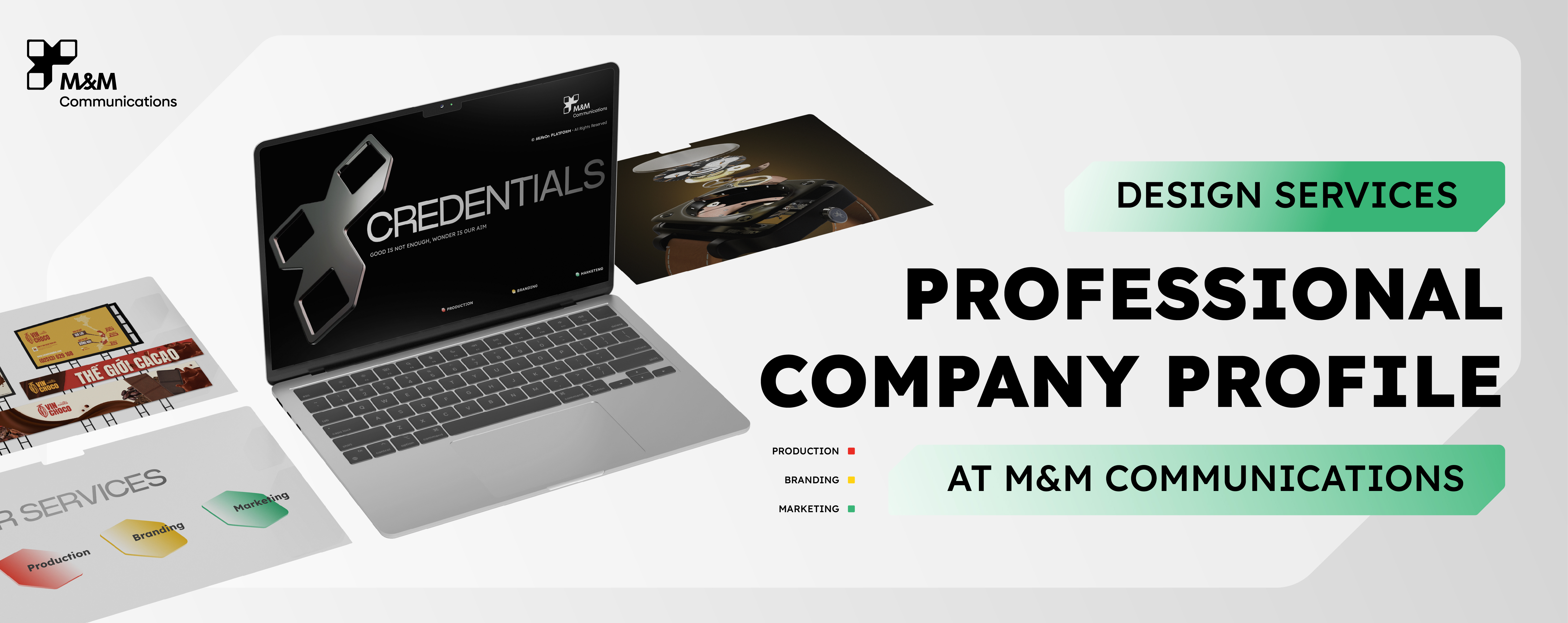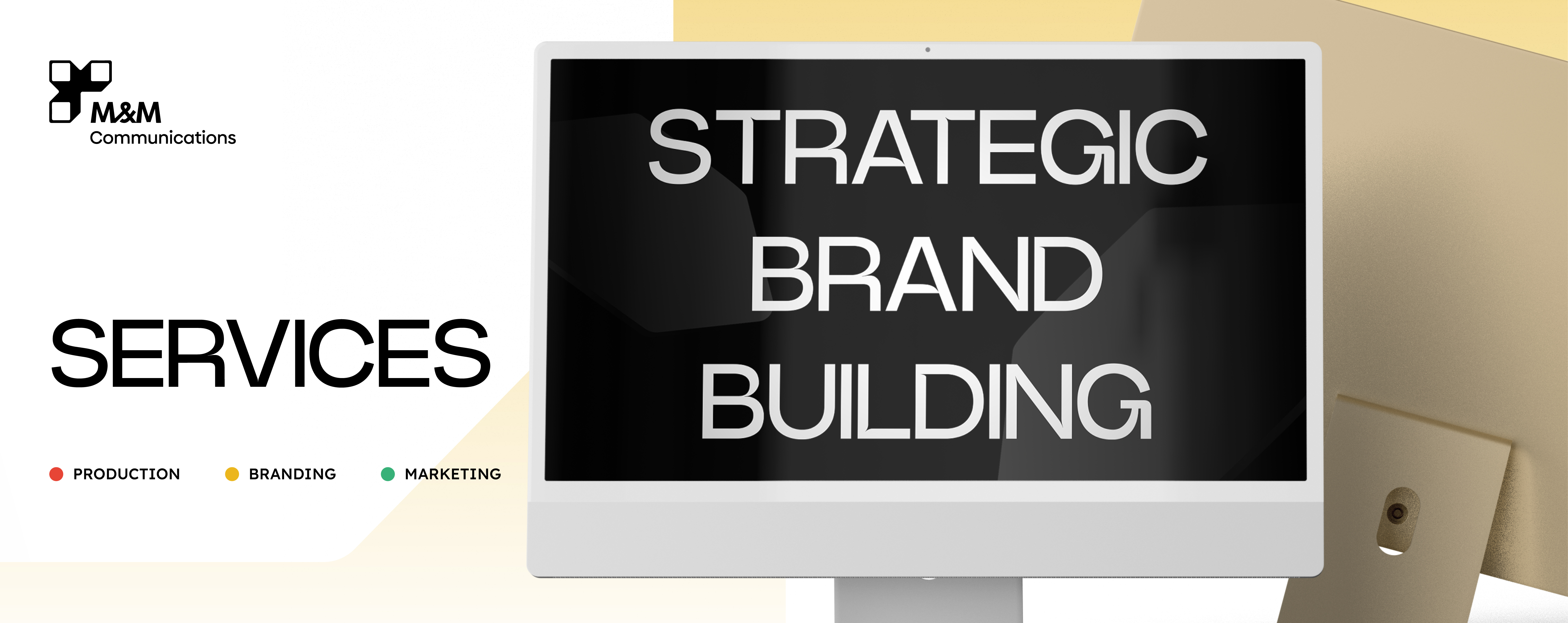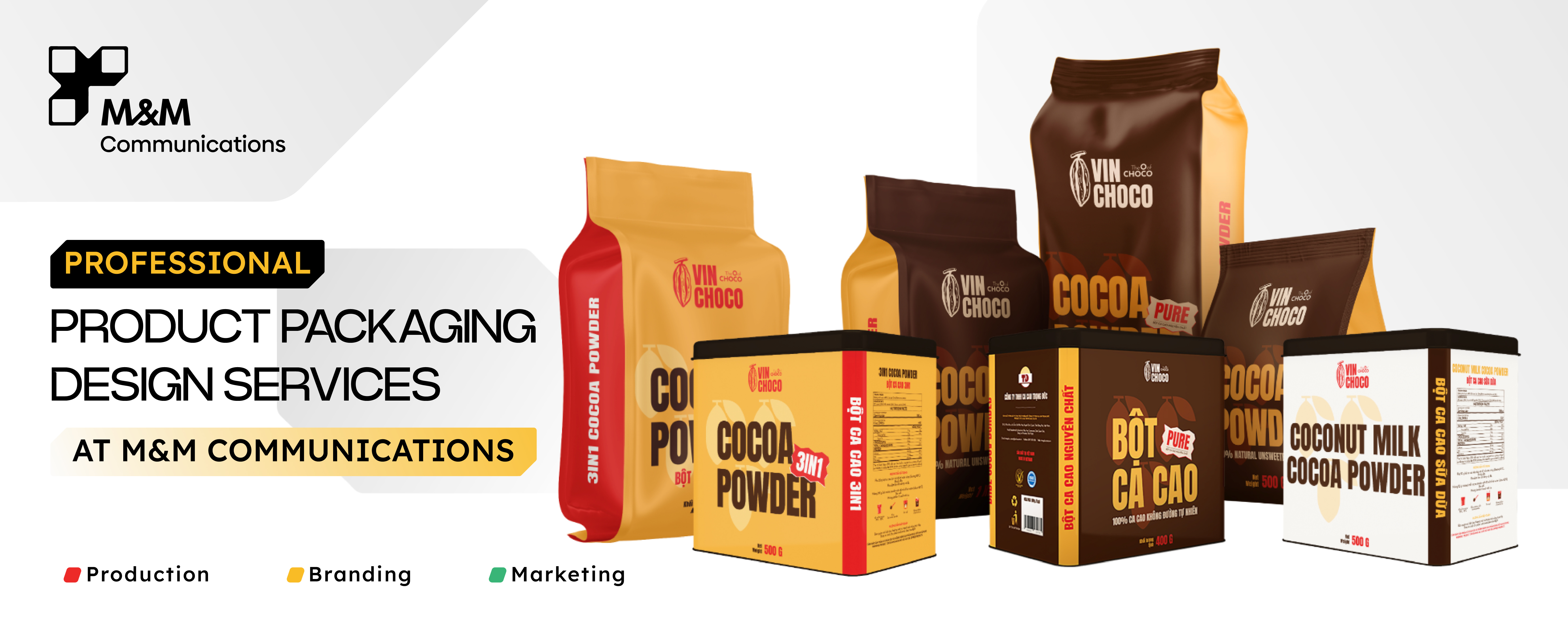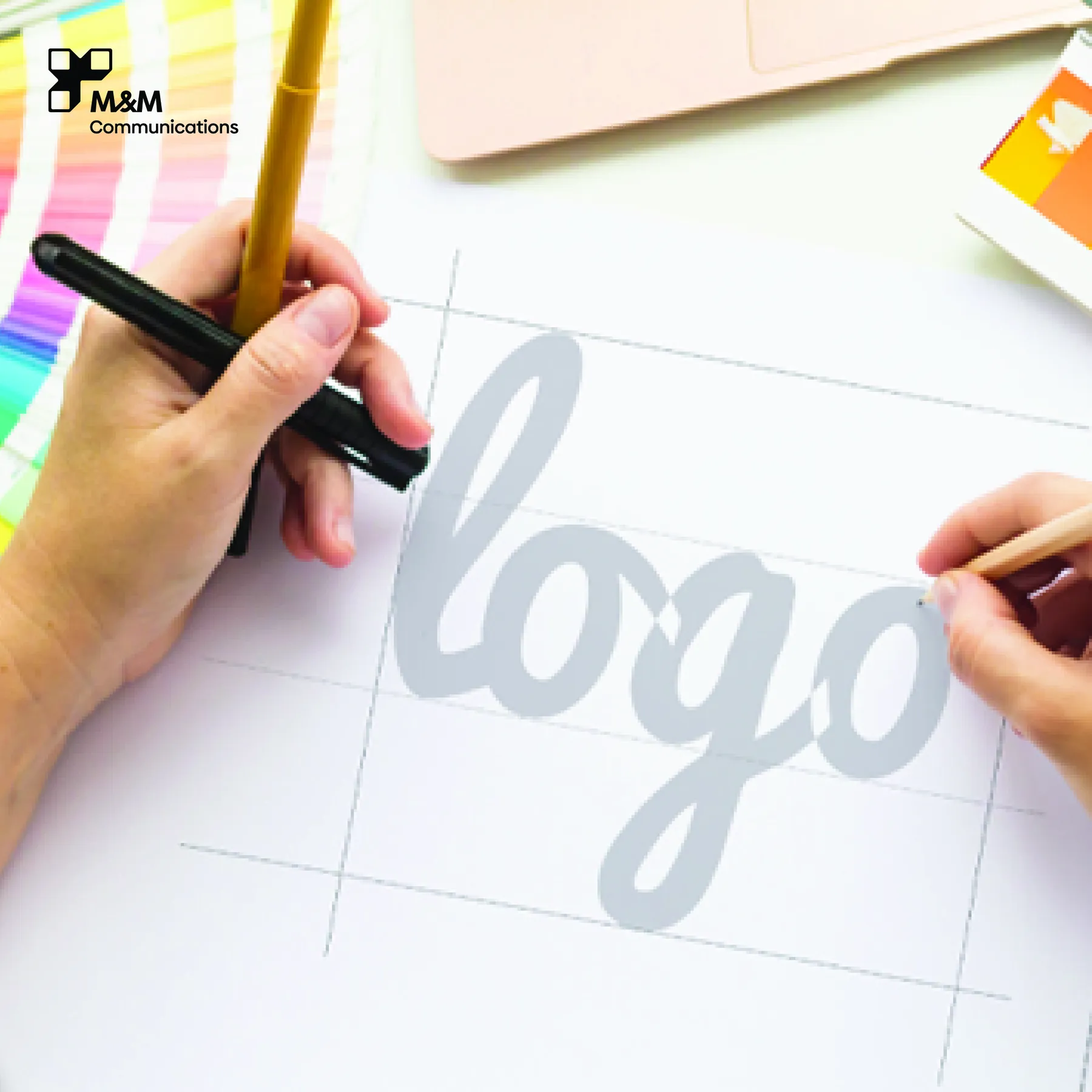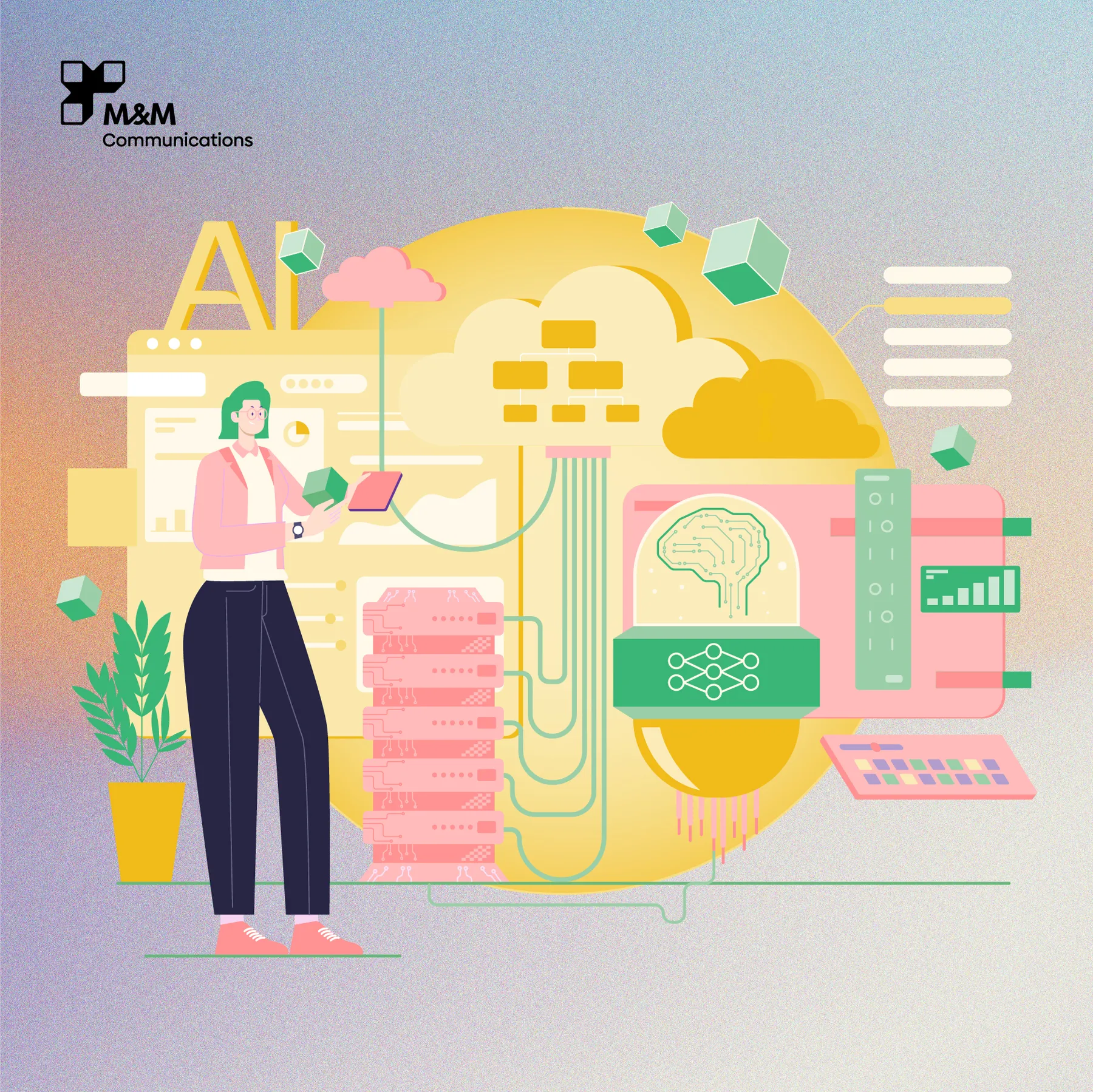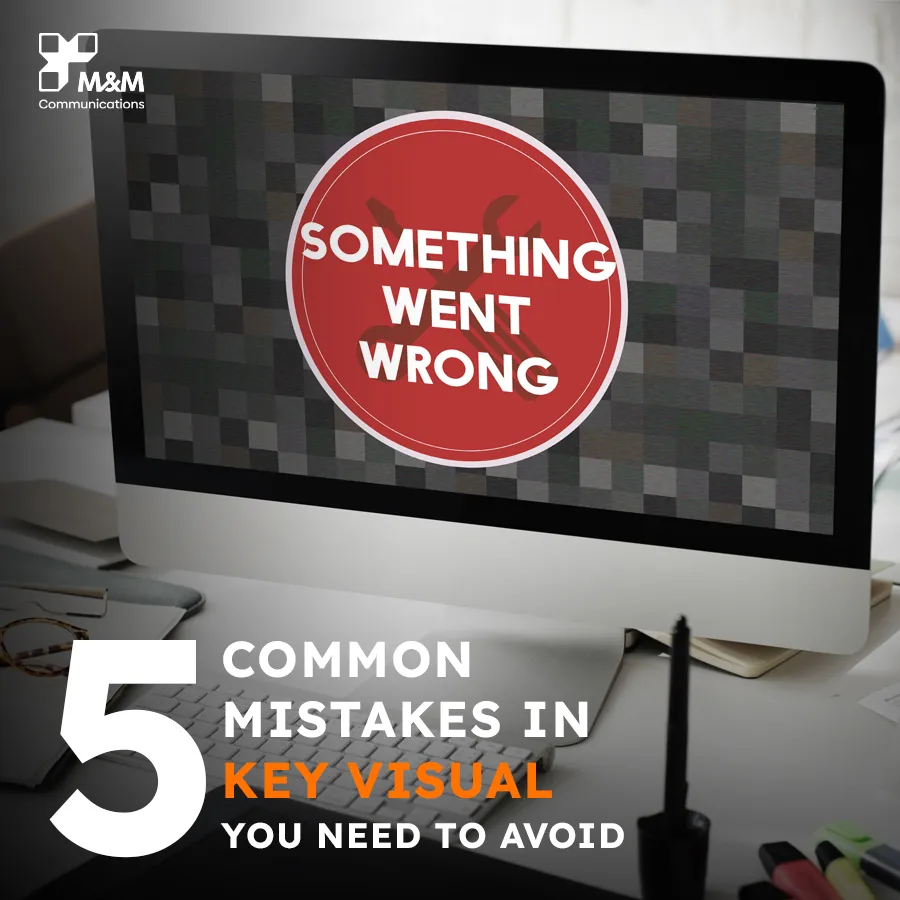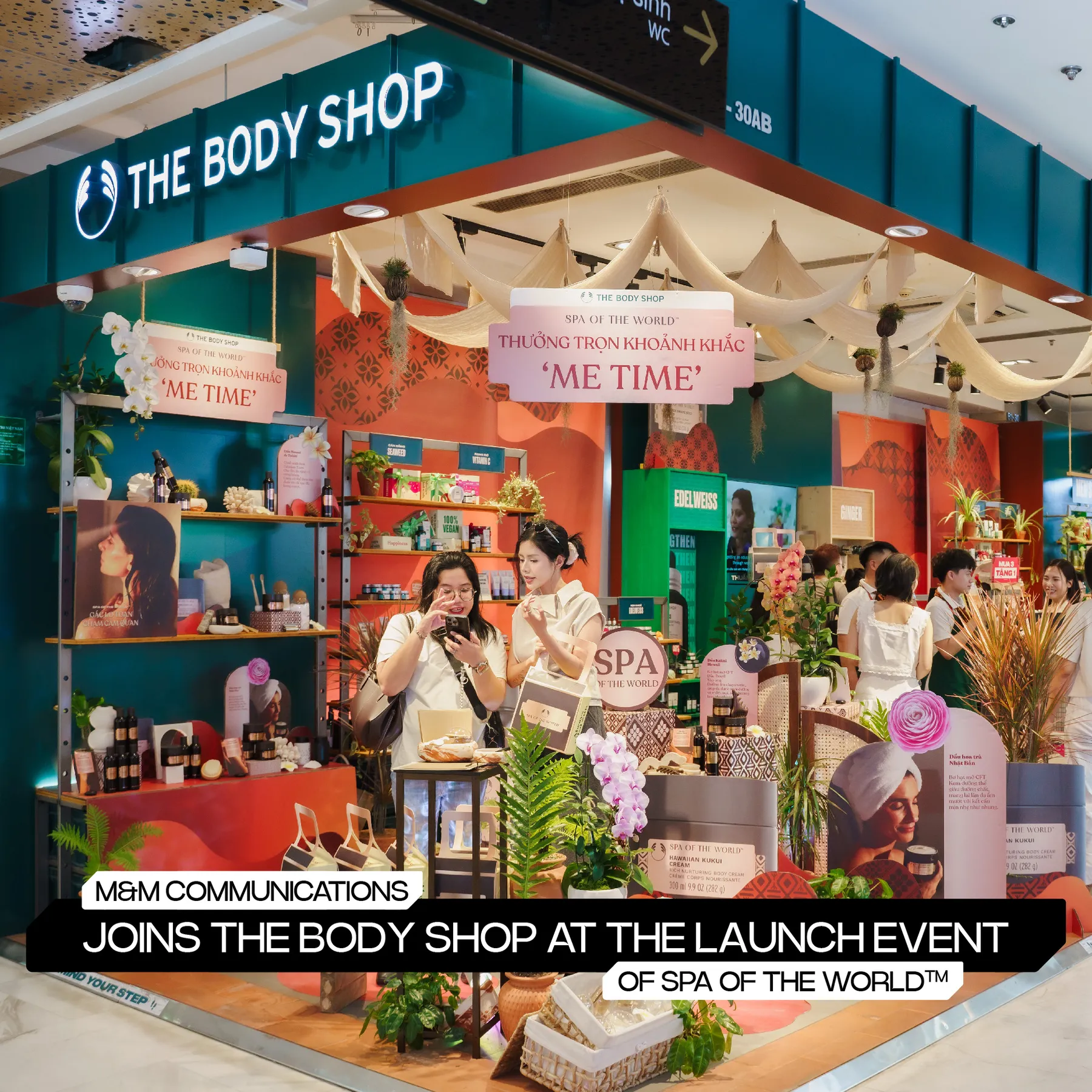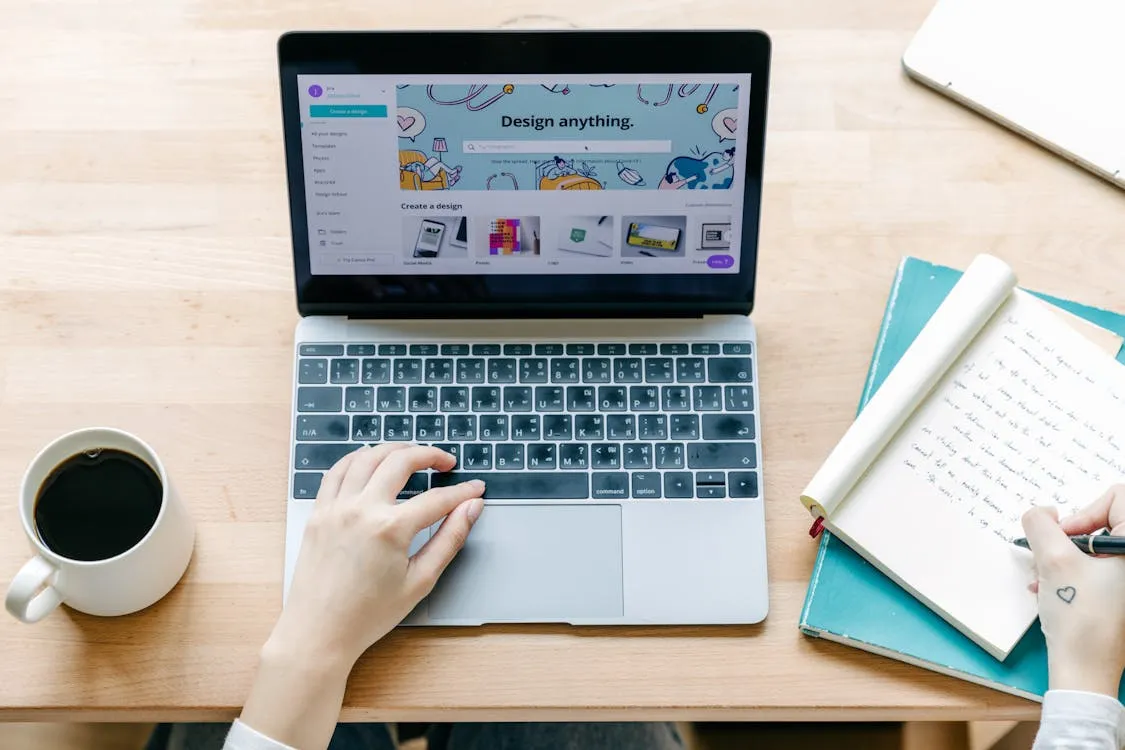
Professional Logo Design Process & Best Practices (2025 Guide for Vietnam)

1. The Value of a Professional Logo Design Process
A logo is a critical brand asset, and its creation should not be rushed or haphazard. A structured, professional logo design process ensures that the final outcome is not just aesthetically pleasing but also strategically sound, aligning with the brand's objectives and resonating with the target audience in Vietnam. This process involves collaboration, research, creativity, and technical execution, leading to a logo that is memorable, versatile, and timeless.
Benefits of a professional design process:
- Strategic Alignment: Ensures the logo reflects brand strategy and business goals.
- Audience Focus: Designs with the Vietnamese target customer in mind.
- Reduced Revisions: Thorough briefing and phased approvals minimize costly late-stage changes.
- Comprehensive Deliverables: Provides all necessary files and guidelines for consistent usage.
- Long-Term Value: Results in a logo that endures and supports brand growth.
2. Step 1: The Client Briefing – Foundation for Success
The initial briefing is arguably the most crucial phase. It's where the designer or agency gathers all necessary information to understand the client's vision, business, and requirements.
2.1. Key Information to Gather from Vietnamese Clients
- About the Business: Company history, mission, vision, values, products/services.
- Target Audience in Vietnam: Demographics, psychographics, needs, preferences.
- Brand Objectives: What should the logo achieve? (e.g., appear modern, trustworthy, innovative, appeal to youth).
- Competitor Landscape: Key competitors in Vietnam and their branding.
- Design Preferences (and dislikes): Specific styles, colors, or imagery the client likes or dislikes. Examples are helpful.
- Mandatories & Constraints: Any specific elements that must be included or avoided.
- Usage & Application: Where will the logo be used primarily (digital, print, signage)? This impacts design choices for the Vietnamese market (e.g., complexity for signage vs. app icons).
- Budget and Timeline.
2.2. Best Practices for Client Briefing
- Use a Comprehensive Questionnaire: Ensures all key areas are covered.
- Hold a Kick-off Meeting: Allows for direct discussion and clarification.
- Encourage Visual References: Ask clients to share examples of logos they like/dislike (even from other industries).
- Listen Actively: Understand the underlying needs, not just stated wants.

3. Step 2: Research and Discovery – Understanding the Context
Once the brief is complete, the designer delves into research.
- Industry Research: Understanding common visual language and trends within the client's sector in Vietnam.
- Competitor Logo Analysis: Identifying what works, what doesn't, and opportunities for differentiation.
- Target Audience Research: Deeper dive into the visual preferences and cultural associations of the Vietnamese target demographic.
- Mood Board Creation: Curating a visual collection of styles, colors, typography, and imagery that aligns with the brand direction.
4. Step 3: Concept Development & Sketching – Ideation Unleashed
This is where creative exploration begins, translating research and strategy into initial visual ideas.
- Brainstorming: Generating a wide array of ideas without initial judgment.
- Sketching: Quickly visualizing numerous logo concepts on paper or digitally. This is a cost-effective way to explore many directions.
- Exploring Different Logo Types: Wordmarks, lettermarks, brandmarks ( pictorial, abstract, mascot), combination marks, emblems.
- Considering Vietnamese Cultural Symbols or Motifs: If appropriate and aligned with the brand.
5. Step 4: Digital Design & Iteration – Refining the Vision
The most promising sketches are developed into digital vector formats.
5.1. Vectorization
Creating logos in vector software (like Adobe Illustrator) ensures scalability without loss of quality, which is essential for diverse applications.
5.2. Initial Digital Concepts
Typically, 2-5 distinct logo concepts are presented to the client. Each concept should explore a different viable direction based on the brief.
5.3. Presentation and Rationale
Explaining the thinking behind each concept, how it aligns with the brand strategy, and how it might resonate with the Vietnamese target audience.
5.4. Client Feedback and Revisions
This is a collaborative phase. The client provides feedback, and the designer makes revisions. It's common to have 2-3 rounds of revisions to refine the chosen concept(s).
Best Practice: Focus feedback on strategic alignment rather than purely personal taste.

6. Step 5: Finalization and Color Exploration
Once a direction is approved, the logo is polished.
- Refinement of Details: Perfecting curves, spacing, and proportions.
- Color Palette Selection: Exploring and finalizing primary and secondary brand colors, considering their psychological impact and cultural relevance in Vietnam. Presenting the logo in full color, black and white, and reverse.
- Typography Finalization: Ensuring the chosen typeface is legible, appropriate, and works well with the mark. If using Vietnamese text, ensure proper diacritic display.
7. Step 6: Delivering the Complete Logo Package & Brand Guidelines
A professional logo design service doesn't just deliver a single image file. A comprehensive package ensures the client can use the logo effectively and consistently.
7.1. Essential File Formats
- Vector Files: .AI (Adobe Illustrator), .EPS (Encapsulated PostScript), .SVG (Scalable Vector Graphics). These are master files, scalable to any size.
- Raster Files: .PNG (Portable Network Graphics) with transparent backgrounds for web use, .JPG (Joint Photographic Experts Group) for general use.
- Color Variations: Full color, black, white (knockout), and sometimes grayscale versions.
7.2. Basic Brand Guidelines (Logo Usage Guide)
Even a simple logo project should include guidelines on:
- Logo Lockups: Primary logo and any approved variations (e.g., horizontal, stacked).
- Clear Space: Minimum area of isolation around the logo.
- Minimum Size: Smallest reproducible size.
- Color Specifications: Pantone, CMYK, RGB, HEX codes.
- Incorrect Usage Examples: What not to do with the logo (e.g., don't stretch, don't alter colors, don't place on busy backgrounds without proper contrast).
For more extensive branding projects (like MM019), a full brand identity guideline book would be created.
8. Best Practices Throughout the Process
- Clear Communication: Maintain open and regular communication between client and designer.
- Set Realistic Expectations: Regarding timelines, revisions, and outcomes.
- Trust the Expertise: While client input is vital, trust the designer's professional judgment.
- Focus on Strategy, Not Just Trends: A logo should be timeless and strategically sound.
- Consider Cultural Context: Especially important for businesses in Vietnam targeting local or international audiences.
9. Working with M&M Communications for Your Logo
M&M Communications follows a rigorous and collaborative logo design process, tailored to the unique needs of Vietnamese businesses. We combine strategic thinking with creative excellence to deliver logos that are not only visually compelling but also effectively support your brand objectives in the Vietnamese market and beyond.
10. Conclusion: Investing in a Process for a Powerful Logo
A professional logo design process is an investment in your brand's future. It moves beyond subjective aesthetics to create a strategic tool that builds recognition, trust, and value. By understanding and participating actively in this process, Vietnamese businesses can ensure they receive a logo that truly represents their essence and helps them achieve their market ambitions.
